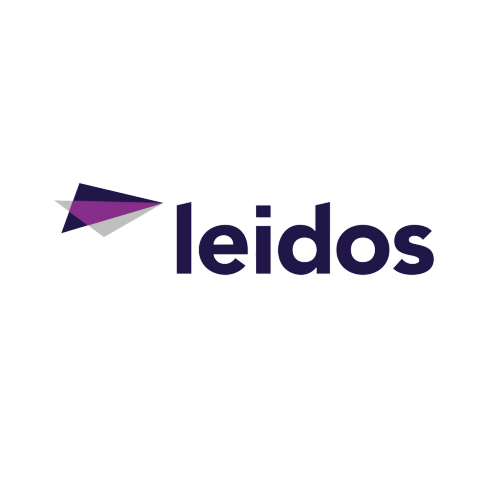Digital asset management is an essential part of operations for many organizations today. Content publishers, in particular, often have many different types of digital assets they use across a variety of networks. They need to manage their digital assets in the most efficient way if they want to stand out from the competition and get the best return on their investment. The use of a digital asset management system (DAM) helps organizations to centralize all their digital assets.

What does centralization of digital assets mean?
Centralizing digital assets means aggregating them in one place in order to manage them more effectively. Digital assets can include documents, images, audio files, videos, presentations, PDFs etc. These media files can come in many different formats and need to be stored in such a way as to enable effective utilization.
Access to digital assets is simplified when there’s a single repository with quick and efficient search functionality. Centralization consolidates a lot of redundant tasks, tools and capabilities. Using a single platform instead of multiple ones, therefore, provides a significant saving of time and costs.
Any content publisher that wants to increase efficiency, maximize the productivity of teams and maintain brand consistency can benefit from the centralization of digital assets.
Why is centralization so important?
Centralization of digital assets offers many benefits. It gives organizations the flexibility they need to manage and distribute a variety of digital assets such as videos, images, audio/podcasts and PDFs with ease. Now that more employees are working remotely than ever before, it’s even more essential than ever to make sure that they can find the right asset at the right time and use it for the right reason.
Organization: Centralizing digital assets offers better organization. Using an intuitive hierarchy for storage means that teams can easily access the most up-to-date files. This helps to eliminate the use of any outdated, unapproved assets.
Searchability: If teams have to spend precious time searching for assets that are mislabeled, it’s time they could have spent growing and scaling the business.
Teams can search thousands of files with ease when videos, images, podcasts etc., are properly tagged with ‘metadata.’ The attributes and identifiers in metadata allow for grouping with common tags in an index to make searching easier.
Brand image: Centralization of digital assets helps to ensure communication of a consistent brand image. The larger a media library becomes, the more difficult it is to ensure brand consistency. Centralization offers a more harmonious and professional brand image across all the touch points.
Security: A single source of truth for all brand digital assets enhances control and security. Adequate protection of digital assets is more essential than ever as cybercrime is growing all the time, and more employees are working remotely.
High-end encryption can prevent anyone from downloading digital assets without authorization. Managers can set different permission and access levels to digital assets. Users can set expiration dates on assets and shared links so sensitive, or out-of-date assets become inaccessible. Single sign-on (SSO) can help reduce surface attacks as users only need one set of credentials to log on once a day.
Efficient workflow: Centralization breaks down silos and enhances communications across your organization. Teams can collaborate more efficiently when using a unified platform and create agile workflows. They have quick and easy access to the tools they need exactly when they need them.
Analytics: Interpreting and comparing data from multiple sources offers valuable insights. Teams can discover which digital assets are most valuable and which ones may need adjustments to make them more successful. They can identify content that performs best, so they can reuse and repurpose it.
Scalability: Organizations like content publishers that rely so heavily on digital assets need scalability. As their digital assets increase, they need the flexibility to continue to manage them effectively.
Asset auditing: Centralizing digital assets also helps to ensure that digital assets and processes comply with regulations.
Use Corporate Video Tube – centralize your digital assets in one place
YouTube may be a great site for exposing videos to many viewers. However, YouTube is interested in promoting itself rather than your brand. You may not realize how much you sacrifice as a content publisher when using YouTube. As soon as you upload your video assets to YouTube, you lose a certain amount of control over them. You need an alternative to YouTube if you want to protect, organize, manage and distribute your digital assets in a way that enhances your brand.
CincoTube by Cincopa is a corporate video tube that enables you to centralize all of your digital assets. You can create public or private video channels to which users can subscribe.
Videos require high bandwidth and come in several formats, but a digital asset management system with video capabilities allows you to automate the production of video variations at scale. Teams don’t have a problem serving the right version of a video to the right person no matter what platform, bandwidth or devices they are using.
Intelligently manage video assets
Using VideoTube channels allows you to manage your video assets and enhances their use in many different areas, such as employee onboarding, training, sales, marketing, and creating a consistent customer experience.
Sales and marketing teams can easily locate the digital assets they need and distribute content to consumers based on where they are in the customer journey. They can share videos across channels and to any device.
Adding calls-to-action and annotations can entice passive viewers to take action. Teams can gate videos on a video channel and make them available in exchange for submitting an email address.
Personalize your branding
With your own video channels, you can personalize your branding and add your own logo, colors and watermarks to your media player. You can also customize player controls and much more. Teams have all the capabilities they need to offer a consistent brand experience and support omnichannel customer experiences at scale.
Use content delivery networks (CDNs)
Content publishers today need to offer live streaming and video-on-demand. It has to be of high quality, as users don’t want to endure buffering or freezing. Content delivery networks have widely distributed servers that cache content and serve it to viewers from a server that’s closest to them. This enables fast, high-quality delivery.
Benefit from interactivity
When using VideoTube like CincoTube for centralization of your digital assets, you have access to features that allow for interaction with an audience in a similar way to what you find on YouTube. Users can also like, share and comment on videos. This can help to build relationships with viewers and increase conversions and sales.
Conclusion
There are many reasons why centralizing digital assets is important, from reducing costs and increasing security to making your brand image more consistent and giving you access to relevant analytics from various channels. Failing to manage your digital assets will affect your bottom line. Centralization enables easy uploading, organizing, managing, editing, and distribution of digital assets in a safe, secure way.










